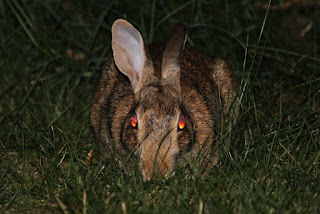(Source)
What Is Myth? Crash Course World Mythology #1
- Finding a definition for myth is difficult
- Nonetheless, here is the definition:
- A myth is a special kind of story that has two primary characteristics: significance and staying power
- Significance: Subject matter is about something important, such as how the world works, how it got going, or how things came to be
- Staying Power: Survived over a long period of time such as centuries or even millennia
- Persephone myth: Explains the seasons, relating to plant and harvest cycles to the events of immortals
Theories of Myth: Crash Course World Mythology #12
- Plato - Equated myths with lying
- Tertullian and Clement - Greek and Roman myths were influenced by demons to prepare their listeners for the story of Jesus and to provide contrast between Jesus and the Pagan gods
- Sir James Frazier - Myths are primitive science. The wills of deities, people, and animals are related to physical laws and biological processes (Events that can't be explained by physics are caused by gods)
- Freud and Jung - Myths come from the human unconscious and mythical characters are projections of that unconscious
- Freud - People create myths as a way of dealing with harsh realities
- Jung - Different parts of the world create similar mythic characters because they are representations of a certain person's psyche
The Hero's Journey and the Monomyth: Crash Course World Mythology #25
- We are all heroes struggling to accomplish our adventure, engaging in a series of struggles to improve ourselves and find our place in society
- Three parts to the hero's journey:
- Part One: Separation
- Starts with a call to adventure and ends with crossing from the real world to the fictional world
- Part Two: Trials and Victories of Initiation
- Hero starts changing into the person they're destined to become
- Part Three: Return
- Hero reintegrates with society, figuring out how they can be accepted by society after their newfound enlightenment
Bibliography
What Is Myth? Crash Course World Mythology #1 by CrashCourse
Theories of Myth: Crash Course World Mythology #12 by CrashCourse
The Hero's Journey and the Monomyth: Crash Course World Mythology #25 by CrashCourse































